Why Am I Always Told to Work on My Core?!

As a therapist I love giving analogies, probably because this is the way I like to learn. Common sense, applied to other scenarios and easy to understand. The body is not so easy to understand but some of the basic principles are when you break it down.
I am always asked about low back pain, pelvis and hip issues and the answer I always give is that it’s not usually only one thing that’s the problem but rather the way it all works together!
First let’s define the core:
Core muscles are a group of muscles that keep your abdominal part of your torso working in unison. They give you strength and support and allow proper twisting and bending of the torso. Which we do every day in various forms.
Now picture your torso like a tall rectangular building…
- At the front you have Rectus Abdominis and Transverse Abdominis
- Side walls are the External and Internal Obliques muscles, along with some help from Latissimus Dorsi.
- The back wall includes Multifidus and Erector Spinae, again with help from the Latissimus Dorsi.
- At the top of this building is the strong Diaphragm muscle and at the base of the building lay your pelvic floor muscles – which are shaped a little more like the bottom of a bowl – but let’s keep this simple.
So this strong building has to have all sides working for it to be stable …if you had a weakened wall on one side the construction crew would come prop it up and build a support structure to prevent it from toppling over. This is what our lovely physio’s try to do with your strength 🙂
You must even out all muscles so one wall isn’t doing the work of the rest!
Yes your feet and legs are important and can be included in this analogy as well. They are the foundation – the cylinder piles and footings that lay deep into the earth to prevent shifting and imbalance.
To take it even further the base of the building (our pelvic floor) must sit evenly on those cylinder piles (our legs) for maximal stability. This is the part of the analogy applied to our hip joints – how the head of the femur bone sits into the pelvic bones are going to determine if the building can stand erect and level.
Now if you have an uneven floor with one or two crumbling walls those other walls are going to get fatigued trying to hold the whole thing together and eventually they will crumble.
And yes I can massage out those overworked wall muscles and give them a rest but if the other wall muscles are not reinforced I’m afraid they will fatigue again and you will need my help once more….
Caroline Iwasaki, RMT

This week our featured therapist is Caroline Iwasaki. To learn more about Caroline check out our PhysioWorks team.


Leave a Reply